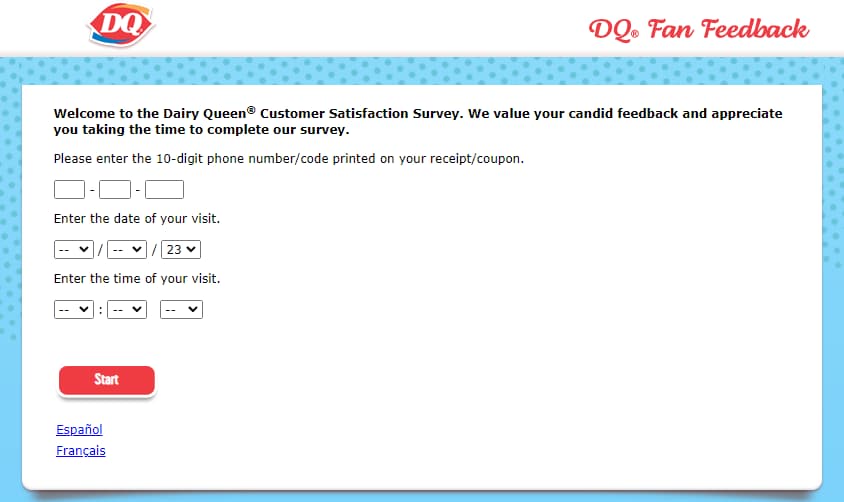Delivery and shipping scams are fraudulent schemes that aim to deceive people into paying for fake shipping or delivery services or goods that they will never receive. These scams can take many forms, but they all involve the scammer posing as a legitimate shipping or delivery company or retailer to trick the victim into paying for non-existent goods or services.
One common form of delivery and shipping scam involves the scammer sending a fake email or text message that appears to be from a legitimate shipping company such as UPS, FedEx or DHL. The message might claim that the recipient has a package waiting for them, but to receive it, they must pay a small fee or provide personal information.
Another common delivery and shipping scam involves the scammer creating a fake online store that appears to sell popular items at deeply discounted prices. The victim places an order and pays for the item, but it never arrives. The scammer may also use the victim’s credit card information to make additional fraudulent purchases.
In some cases, delivery and shipping scams may involve the victim receiving a package, but the contents are not what they ordered or are of poor quality. The scammer may then refuse to provide a refund or exchange.
In today’s digital age, online shopping has become a popular and convenient way to purchase goods and services.
However, with the rise of e-commerce, delivery and shipping scams have also become more prevalent. These scams can take many forms and they can cause financial loss and identity theft for unsuspecting victims. In this article, we will discuss how to identify phishing emails, how to spot delivery and shipping scams and provide tips on how to protect yourself from falling victim to these fraudulent schemes. By staying informed and taking precautions, you can ensure a safe and secure online shopping experience.
Although phishing emails and shipping scams are different types of online fraud, they do share some similarities. Both types of scams attempt to deceive victims into providing personal information or making payments to fraudulent sources. They often use similar tactics such as urgent or threatening language, fake or slightly altered email addresses, and fraudulent websites that may appear legitimate.
Additionally, both types of scams can have serious consequences for victims, including financial loss and identity theft. Phishing emails may lead to unauthorized access to bank accounts, credit cards, or other sensitive information.
Here are some tips on how to spot delivery and shipping scams:
- Suspicious emails or messages: Be cautious of unsolicited emails or text messages that claim to be from a shipping or delivery company. Look out for poor grammar or spelling mistakes, and be wary of links or attachments that may contain malware.
- Request for payment: Legitimate shipping companies rarely request payment in advance of a delivery. If you are asked to pay for shipping before receiving the item, this may be a red flag.
- Too good to be true offers: Be skeptical of deals that seem too good to be true. Scammers often lure victims with offers of discounted or free products, but then ask for payment or personal information.
- Unreliable tracking information: Legitimate shipping companies provide tracking information that can be used to track the delivery of your package. If the tracking information is unreliable or not available, this may be a sign of a scam.
- Suspicious online stores: Be wary of online stores that offer products at deeply discounted prices or that have poor reviews. Look for signs of a secure website, such as “https” in the URL and a padlock symbol in the address bar.
- Pressure to act quickly: Scammers often try to create a sense of urgency by pressuring victims to act quickly. They may claim that the offer is only available for a limited time or that the package will be returned if the victim does not respond immediately. Be cautious of any message that creates a sense of urgency.
- Unusual requests for personal information: If you are asked to provide personal information such as your social security number, bank account information, or driver’s license number, this may be a sign of a scam. Legitimate shipping companies do not require this information to deliver a package.
- Package delivery to an unexpected address: If you receive a message claiming that a package has been delivered to an unexpected address, this may be a sign of a scam. Scammers may ask you to pay additional fees or provide personal information in order to redirect the package to the correct address.
- No customer service support: If a shipping or delivery company does not have a customer service hotline or email address that you can contact, this may be a sign of a scam.
By being aware of these warning signs and staying vigilant, you can avoid falling victim to delivery and shipping scams. If you suspect that you have been scammed, report it to the relevant authorities immediately.
Here are some steps you can take to protect yourself from delivery and shipping scams:
- Research the retailer or shipping company: Before making a purchase or providing any personal information, do your research. Look for reviews of the retailer or shipping company and check their ratings with the Better Business Bureau.
- Use secure payment methods: When making a payment, use a secure payment method such as a credit card or PayPal. Avoid using wire transfers or other non-traceable payment methods.
- Be cautious of unsolicited messages: Do not click on links or download attachments in unsolicited emails or text messages. Legitimate shipping companies do not ask for payment or personal information in this way.
- Verify tracking information: Use the tracking information provided by the shipping company to verify the status of your package. If the information seems unreliable or suspicious, contact the shipping company directly.
- Check your credit report: Regularly check your credit report for unauthorized transactions or new accounts that you did not open.
- Use two-factor authentication: Set up two-factor authentication for your online accounts to add an extra layer of security.
- Be cautious of public Wi-Fi: Do not make purchases or provide personal information when using public Wi-Fi networks, as they may not be secure.
- Use anti-virus software: Install anti-virus software on your computer and keep it up to date to protect against malware and other online threats.
By taking these steps, you can protect yourself from delivery and shipping scams and avoid falling victim to fraud. If you believe you have been scammed, report it to the relevant authorities immediately.
In conclusion,
Delivery and shipping scams can be a serious threat to consumers who are not vigilant. These scams can take many forms, including fake emails or text messages, fraudulent online stores, and requests for personal information or payment in advance. By being aware of the warning signs and taking steps to protect yourself, such as researching the retailer or shipping company, using secure payment methods, and verifying tracking information, you can avoid falling victim to these scams. Additionally, it is important to report any suspected scams to the relevant authorities to help prevent others from being victimized. By staying informed and taking precautions, you can protect yourself from delivery and shipping scams and ensure a safe and secure online shopping experience.



